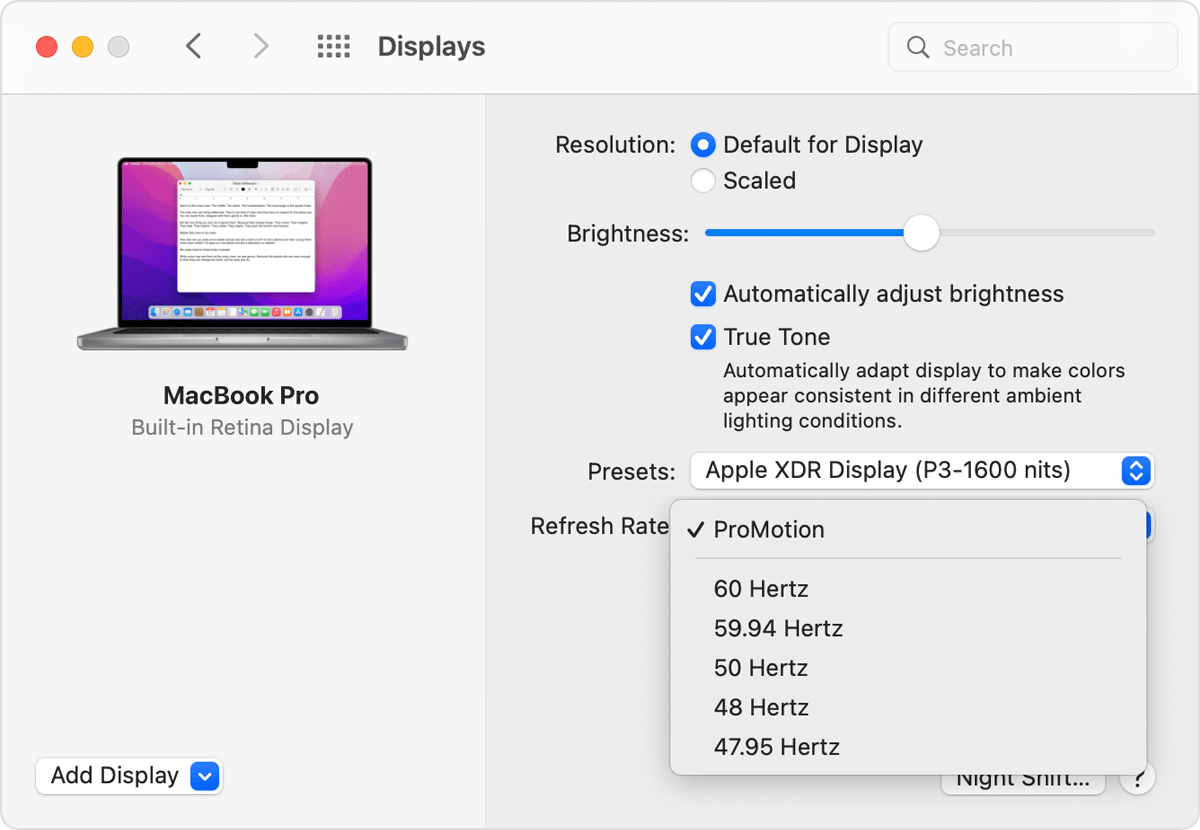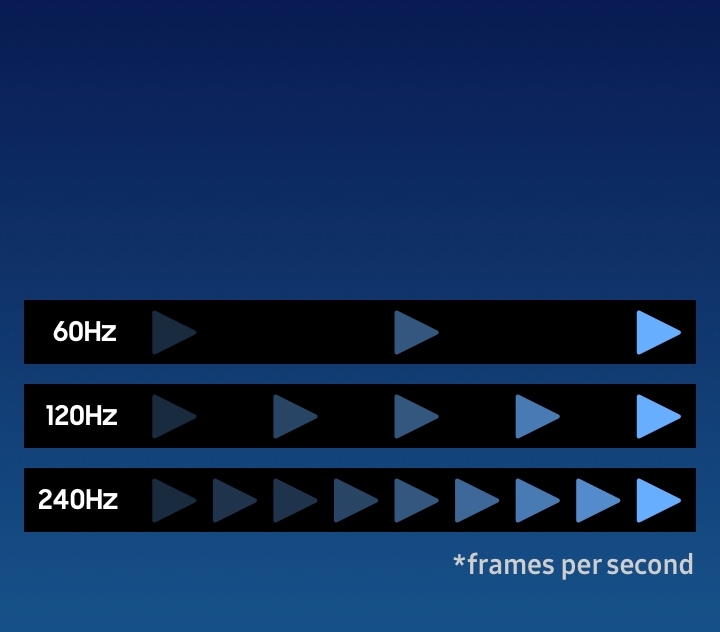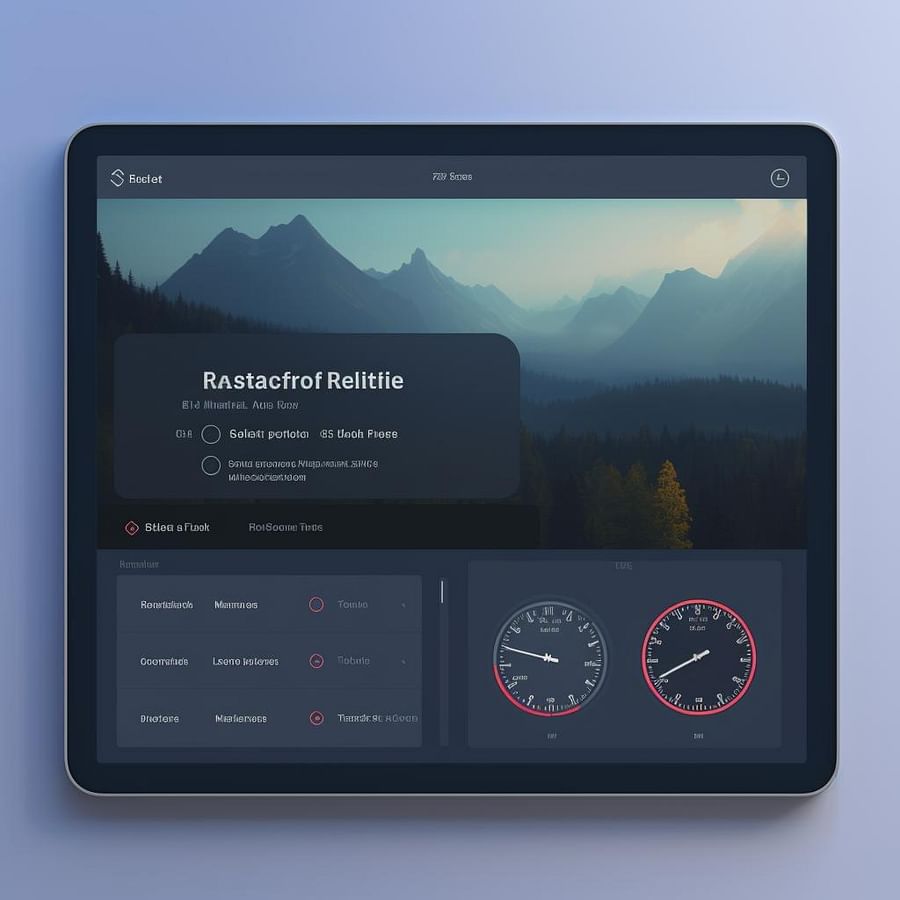Video Editing Monitor Refresh Rate
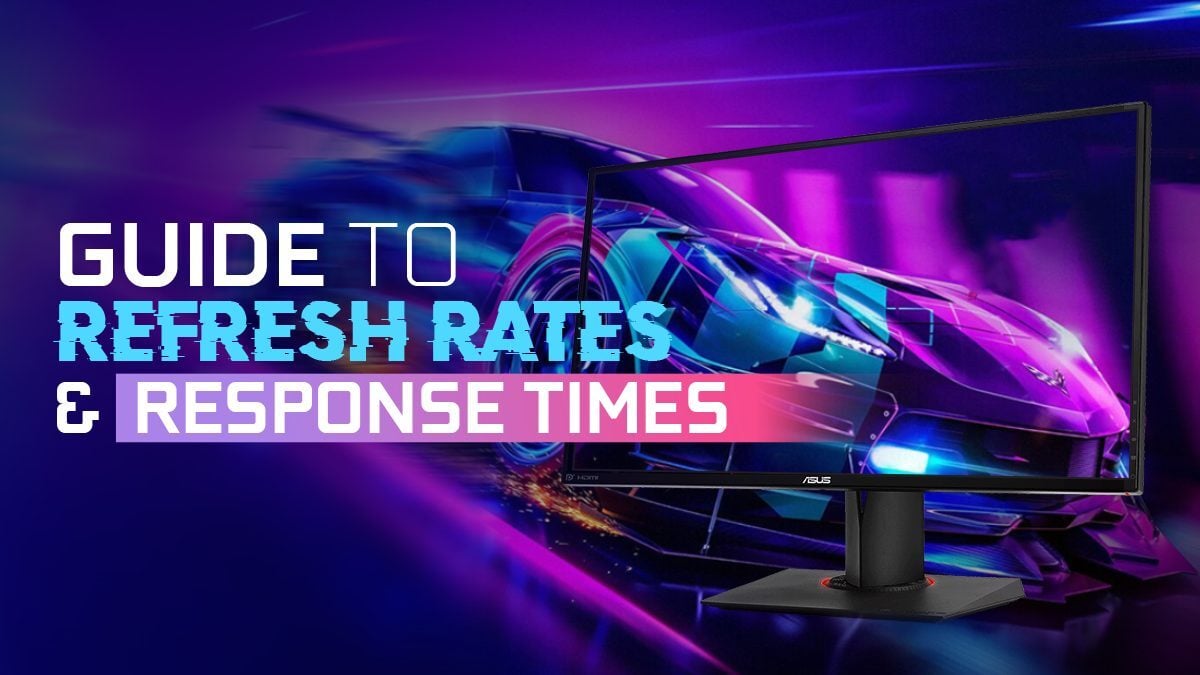
Urgent Alert: Video editors are facing a critical decision regarding monitor refresh rates. Choosing the wrong refresh rate can significantly impact workflow efficiency and project quality.
The optimal monitor refresh rate for video editing is a complex issue with no one-size-fits-all solution. This article breaks down the factors editors need to consider to maximize their productivity and ensure accurate video representation.
Understanding Refresh Rate Basics
Refresh rate, measured in Hertz (Hz), indicates how many times per second a monitor redraws the image. A 60Hz monitor redraws the image 60 times per second, while a 144Hz monitor redraws it 144 times per second.
Higher refresh rates generally lead to smoother motion and reduced motion blur. This is especially noticeable in fast-paced games and applications, but its impact on video editing is more nuanced.
The Impact on Video Editing
The standard frame rates for video content are often 24fps (films), 30fps (television), and 60fps (some online videos). Matching the monitor's refresh rate to the video's frame rate is crucial for accurate preview playback.
For example, displaying 24fps footage on a 60Hz monitor can result in judder or uneven motion. This is because the monitor is trying to display each frame multiple times in a non-uniform way.
The Common Misconception
A higher refresh rate doesn't automatically improve the quality of the edited video itself. The final output's frame rate is determined by the project settings, not the monitor's refresh rate.
However, a mismatched refresh rate can mislead the editor during the editing process. It affects how the footage appears on the screen, making it difficult to judge motion and pacing accurately.
The Ideal Refresh Rate for Different Workflows
If your primary work involves editing 24fps footage, a monitor with a refresh rate that is a multiple of 24 (such as 120Hz) would provide the smoothest playback. This avoids the judder issues associated with mismatched refresh rates.
Similarly, for 30fps or 60fps content, a 60Hz or 120Hz monitor is generally suitable. The key is to minimize the difference between the video's frame rate and the monitor's refresh rate.
Some editors are reporting benefits from using variable refresh rate (VRR) technologies like AMD FreeSync or NVIDIA G-Sync. VRR dynamically adjusts the monitor's refresh rate to match the video's frame rate, eliminating screen tearing and stuttering.
What Professionals are Saying
"The accuracy of the preview is critical. If your monitor is introducing judder, you're not seeing the true result," - John Doe, a professional video editor with over 15 years of experience.
Expert advice often leans toward prioritizing color accuracy and resolution over extremely high refresh rates. Many professionals using 60Hz monitors with excellent color reproduction are able to work effectively.
However, the increasing availability and affordability of 120Hz and 144Hz monitors are making them more attractive options, especially for editors working with a variety of frame rates.
Key Considerations Before Upgrading
Before rushing out to buy a new monitor, consider the type of content you primarily edit. Evaluate your current monitor's performance and identify any issues you're experiencing.
Color accuracy, resolution, and panel type (IPS, VA, TN) are also crucial factors to consider. Don't sacrifice these aspects for a higher refresh rate if your priority is color grading or visual effects work.
Also, ensure your graphics card can support the desired resolution and refresh rate. A powerful GPU is essential for driving high-resolution displays at higher refresh rates.
Moving Forward
The debate over the ideal refresh rate for video editing is ongoing, with personal preference and workflow playing significant roles. Experimentation is key to finding the setup that works best for you.
Stay tuned for further updates as monitor technology evolves. New developments in display technology could offer solutions that further optimize the video editing experience.








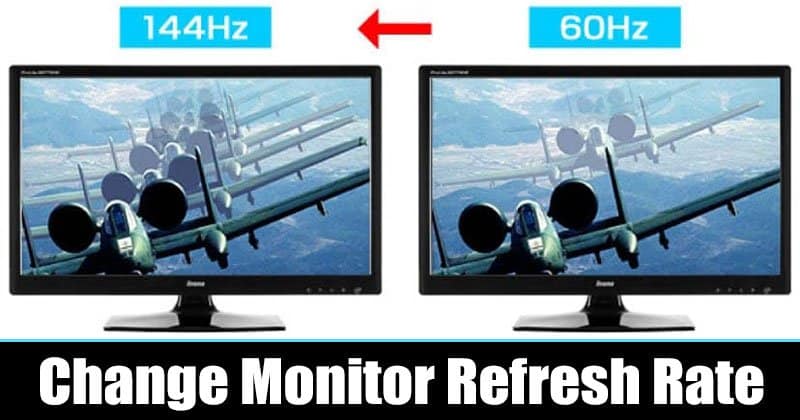
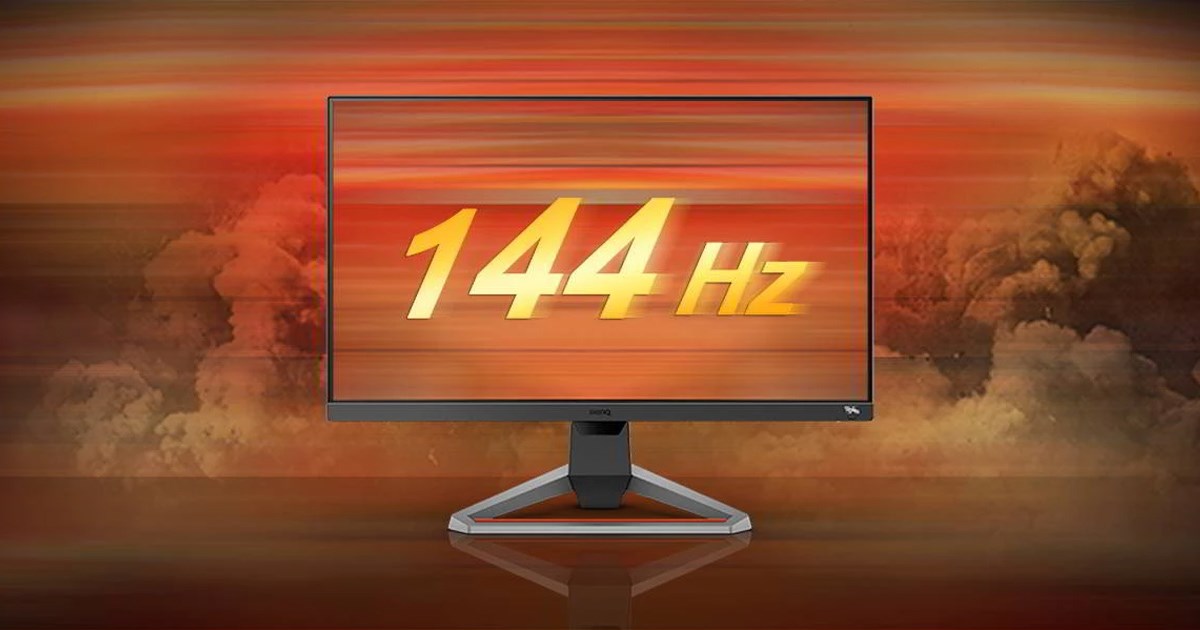


![Video Editing Monitor Refresh Rate [Learn Diplay] 13. Refresh Rate](http://global.samsungdisplay.com/wp-content/uploads/2021/06/13refresh-rate.jpg)
![Video Editing Monitor Refresh Rate The Monitor Guide to Refresh Rates and Response Times [Updated]](https://www.cgdirector.com/wp-content/uploads/media/2020/05/Refrersh-Rate.jpg)

